Last entry to the exhibition: 5:00 p.m.
Tickets to the MNK Muzeum Czartoryskich are sold for a designated date and time. Tickets allow the access to the permanent exhibitions in other branches of the National Museum in Krakow (except for MNK Sukiennice and MNK Gmach Główny) within three months of the date printed on the ticket.
One ticket is valid for all exhibitions at the MNK Czartoryski Museum: Palace, Monastery, Gallery of Ancient Art.
Tuesday is the day of free entry to permanent exhibitions at the NMK.
Tickets to the MNK Muzeum Czartoryskich are sold for a designated date and time. Tickets allow the access to the permanent exhibitions in other branches of the National Museum in Krakow (except for MNK Sukiennice and MNK Gmach Główny) within three months of the date printed on the ticket.
One ticket is valid for all exhibitions at the MNK Czartoryski Museum: Palace, Monastery, Gallery of Ancient Art.
Tuesday is the day of free entry to permanent exhibitions at the NMK.
-
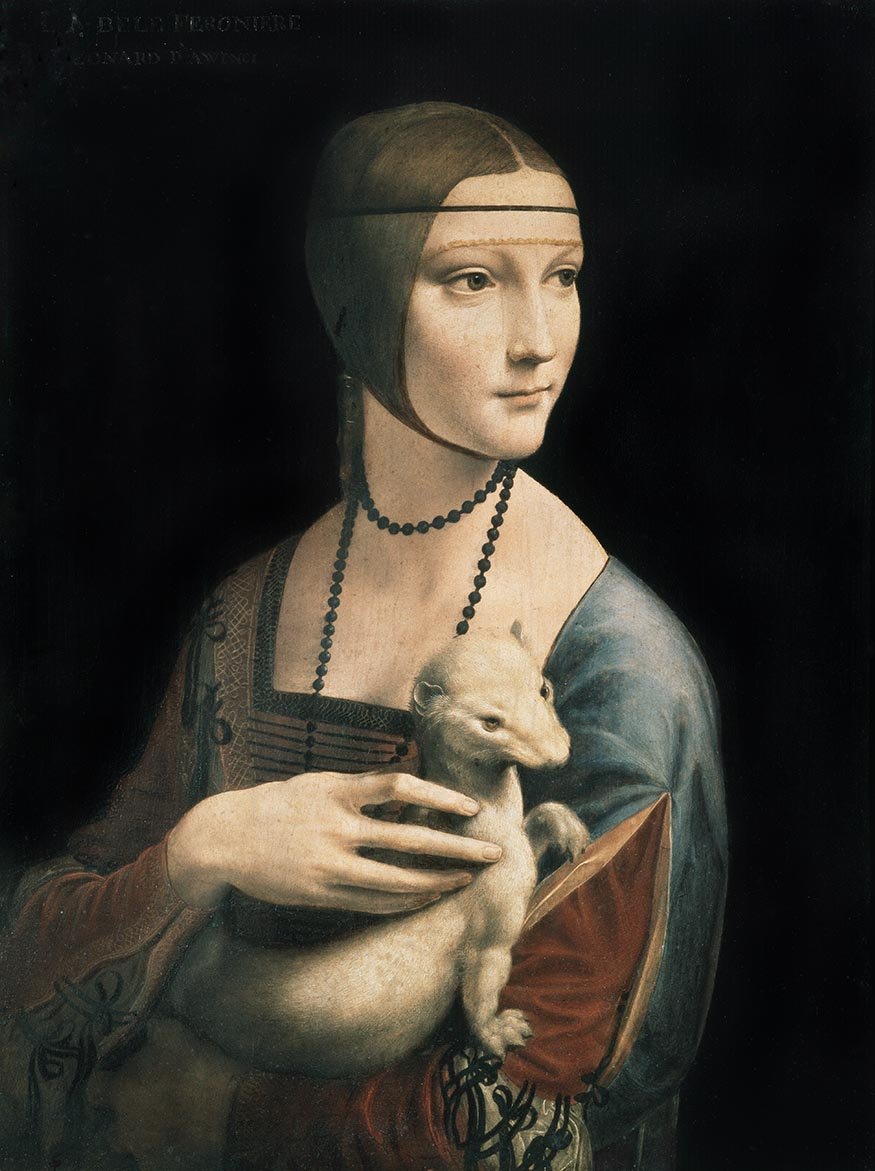 16.01.2017 31 photos
16.01.2017 31 photos -
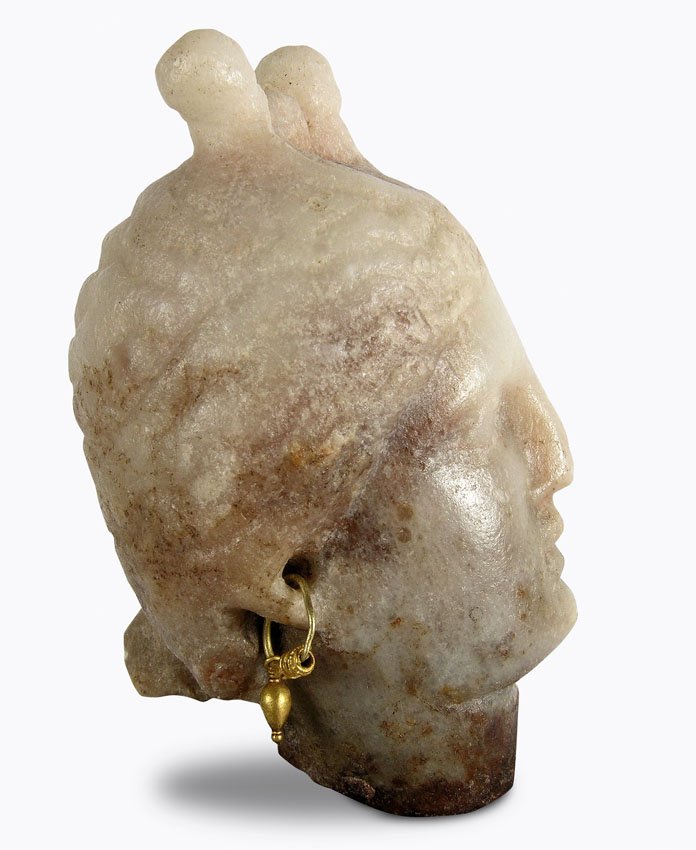
Antique jewellery
26.05.2015 12 photosOnly several objects from Prince Władysław Czartoryski's impressive collection of ancient goldsmithery have survived until today. The collection once included bracelets, necklaces, earrings, rings and pendants made by masters of Greek, Etruscan and Roman art. -
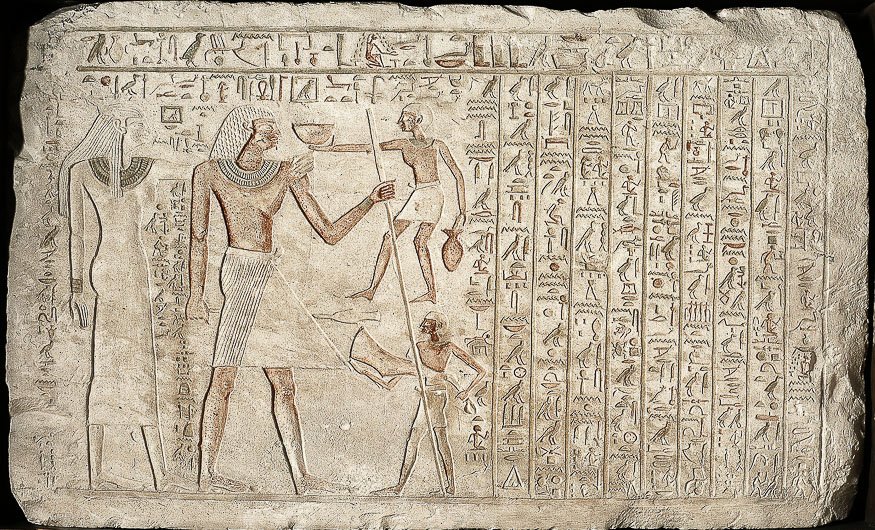 10 photos
10 photos -
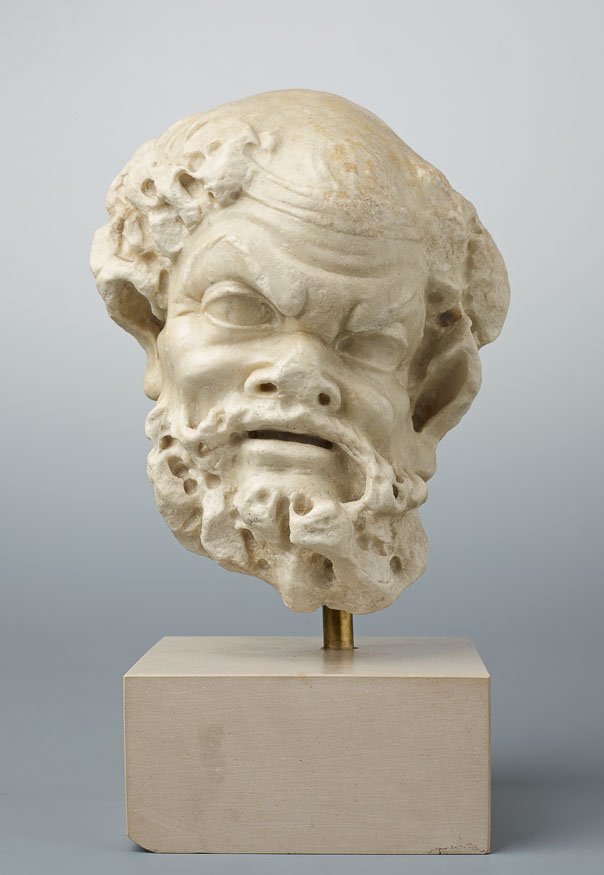
Ancient art collections at the National Museum in Krakow
11 photosThe ancient art collection belonging to the Princes Czartoryski Foundation constitutes a set of various objects originating from Mediterranean cultures. According to the assumptions of the collection creator – Prince Władysław Czartoryski, the exhibits represent a broad spectrum of handicrafts allowing to deepen the knowledge about ancient art and enjoy the beauty of the objects themselves. -
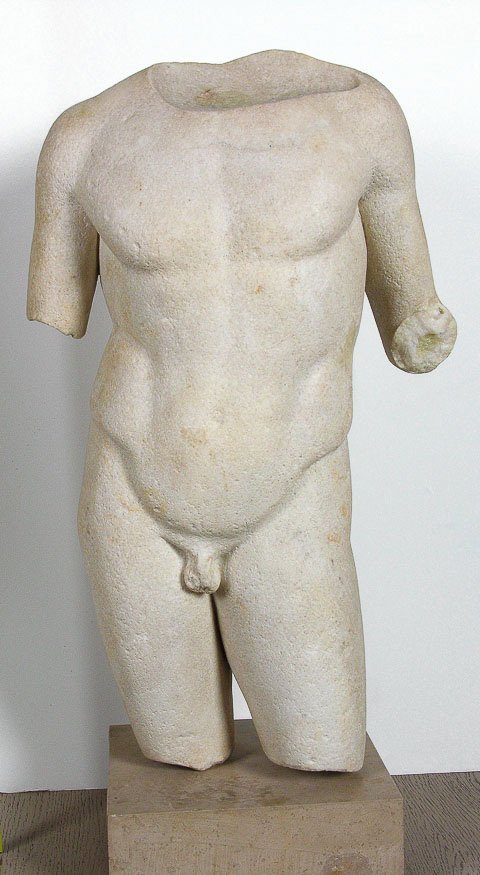
Exhibits from the Potocki family deposit in Krzeszowice
5 photosA set of marble statues purchased by Artur and Zofia Potocki in 1830 in Rome first went to Pałac pod Baranami [Palace under the Rams] in Krakow, then to their family residence in Krzeszowice, and next – in difficult wartime conditions – it was transferred to the Princes Czartoryski Museum and deposited there thanks to the efforts of curator Pelagia Potocka.